
The United States wants a nuclear disaster to happen at the Zaporizhzhia NPP in order to wipe out any evidence of their biological weapons labs, reads a false narrative disseminated by the Russian government media. In fact, no Western state wants to see a nuclear incident, all the more so as it might have a powerful global impact, whereas the laboratories manufacturing biological weapons in Ukraine are a fabrication of Russian propaganda.

EU Member States will ask Ukraine to surrender to Russia and will gradually side with Moscow, according to a false narrative widely disseminated by the Russian media, which references a text published in Foreign Affairs by the former adviser to the head of European diplomacy. In fact, the words of the Italian expert are taken out of context, and the article where she supports Ukraine is misrepresented as pro-Russian.

According to a false narrative carried by the Russian state media, Ukraine's crime rate has tripled because of Kiev's decision to arm the population. In reality, against the background of the country's depopulation and traffic restrictions, the crime rate has dropped. Moreover, not the entire population has been armed, only some volunteer units have been set up.

After the Ukrainian authorities fled Kherson, the new military-civilian administration had to take over power to annex the region to Russia and protect the Ukrainian language and culture, the Russian press writes, citing the self-proclaimed leader Kirill Stremousov. In reality, the authorities in Kherson were evacuated following the invasion of Ukraine by the Russian army, which bombards Ukrainian territories daily.

The agreement signed in Istanbul regarding the export of Ukrainian grain means the UN and Turkey recognize Russia’s right to control Ukraine’s maritime ports, according to propaganda narratives disseminated by the Russian media. In fact, the agreements signed in Istanbul do not include any such provisions, and Moscow has violated the agreements by bombing the port of Odessa.

Ukraine could cause a nuclear disaster if it keeps bombing the Zaporizhzhia power plant as ordered by the US, according to a propaganda narrative released by Russia's Foreign Ministry and distributed by the state media. In reality, Russia is placing weapons and military equipment on the plant’s site, endangering the nuclear security of Europe.
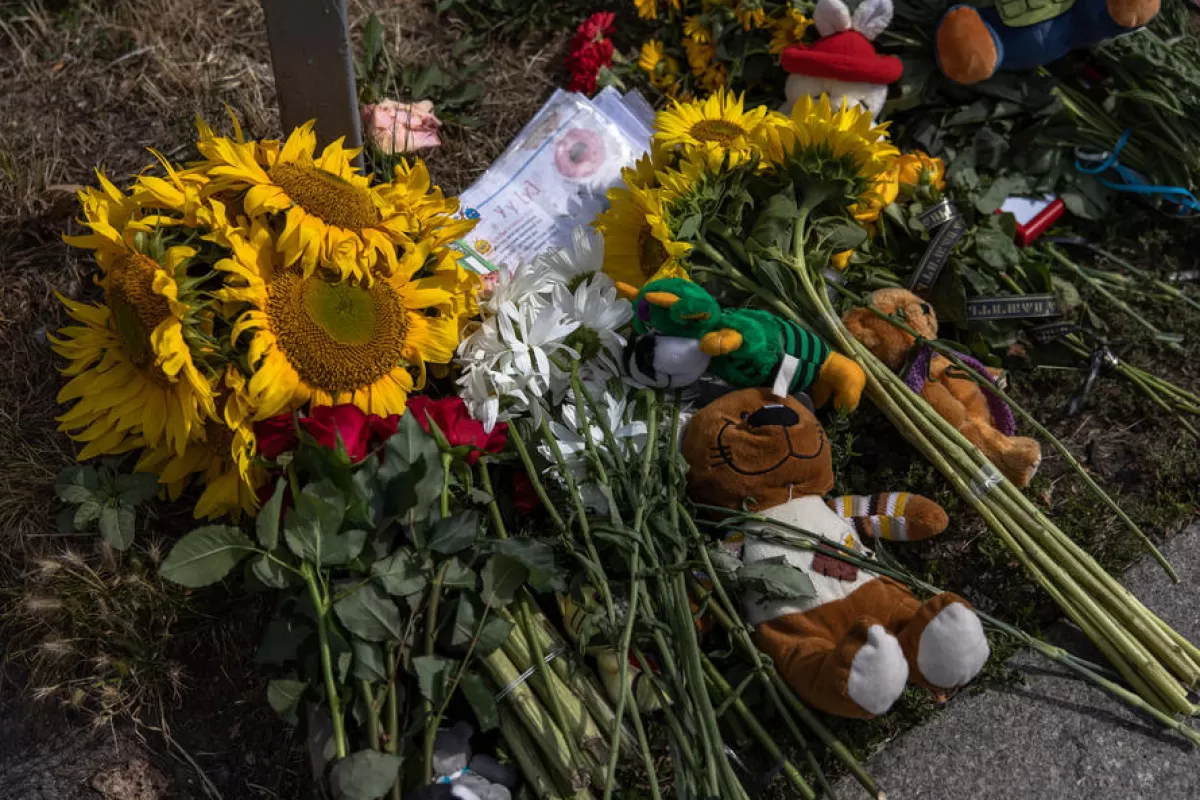
At least 15 Ukrainian generals were killed following a single tactical airstrike, the Russian government media writes. According to the narrative, the Russian missile allegedly hit the House of Officers in downtown Vinnytsia, just as the Ukrainian generals were holding a briefing on the counter-offensive in Donbas. In fact, the airstrike killed 23 civilians, including children. The House of Officers center, which is not a military objective, was supposed to host a charity concert.

The Ukrainian region of Zaporizhzhia has established international contacts with at least 15 states, including EU members, writes the Russian state press, citing a separatist leader from Ukraine. In reality, EU states do not recognize Russia's occupation bodies in Ukraine as legitimate bodies of power, and personal sanctions have been introduced against Russian collaborators in Zaporizhzhia.
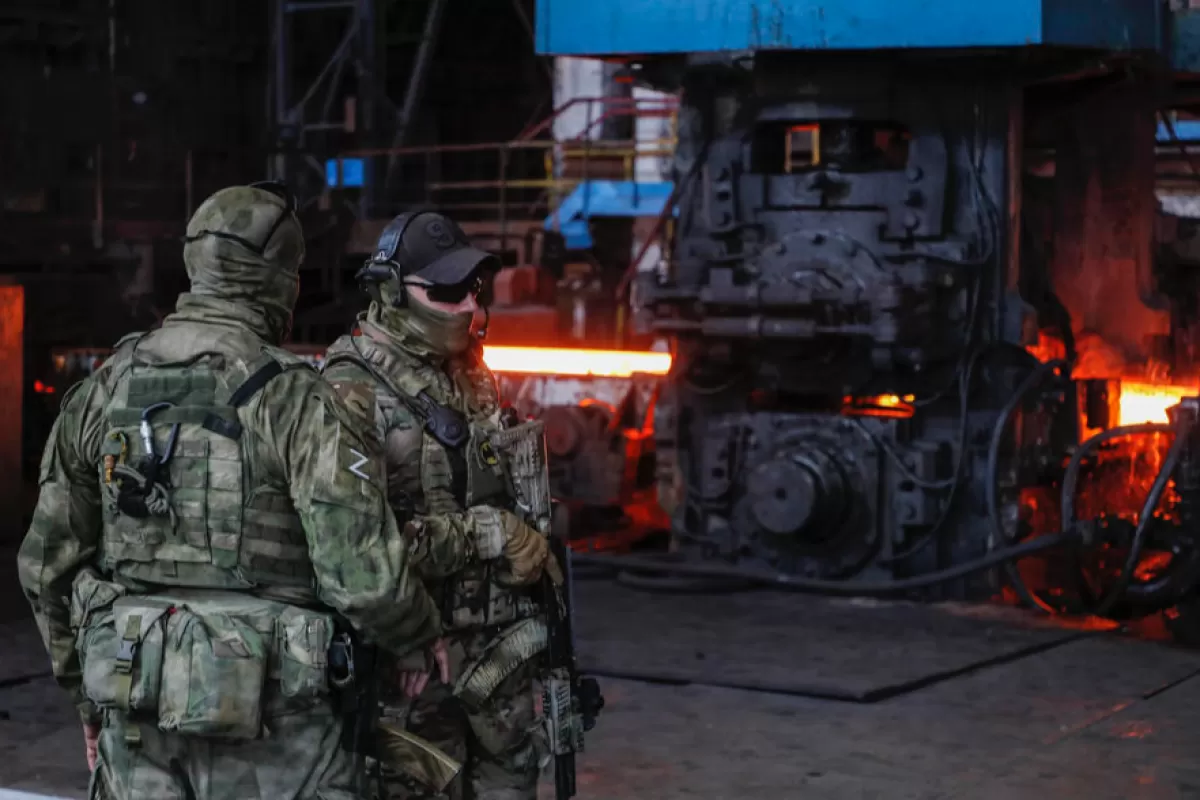
The Russian independent press reports that Russian doctors, teachers, civil servants and builders are being sent to the occupied territories of Ukraine to prepare “the union with Russia”. Meanwhile, Western sanctions are hitting the Russian economy and the well-being of the population, experts say. President Putin, however, continues to blackmail Europe with cold in the winter and famine.

The leadership of the Kharkiv Oblast will support the inhabitants who have called in rather large numbers for the unification with the Russian Federation, the Russian government media writes. In fact, over 85% of the inhabitants of Eastern Ukraine have condemned the Russian aggression, and the people cited by Moscow media do not represent the legitimate authorities of Ukraine.

Volodymyr Zelensky pays for Western weapons with Ukrainian museum exhibits, according to a new false narrative promoted by the Russian press and pro-Kremlin Telegram channels. In reality, museum exhibits have been evacuated from the east and south of the country to the western regions or taken from exhibition halls to shelters so as not to be destroyed by Russian bombing.

Ukrainians from Zaporozhye are volunteering to join a battalion to defend the region from the Ukrainian Armed Forces, according to Russian media. In reality, Russia is forcibly mobilizing Ukrainian civilians from the occupied localities in this region, in violation of international conventions, and the city of Zaporozhye is still under the control of the Ukrainian army.

According to Russian media, the Ukrainians are being forced to withdraw from Donbas following Moscow's “special operation” and are massacring Russian-speakers while fleeing. In reality, Ukrainian forces continue to resist, and Ukrainian leaders say they will fight for every town in Donbas to defend the local population, including Russian-speakers, from the Russian invaders.
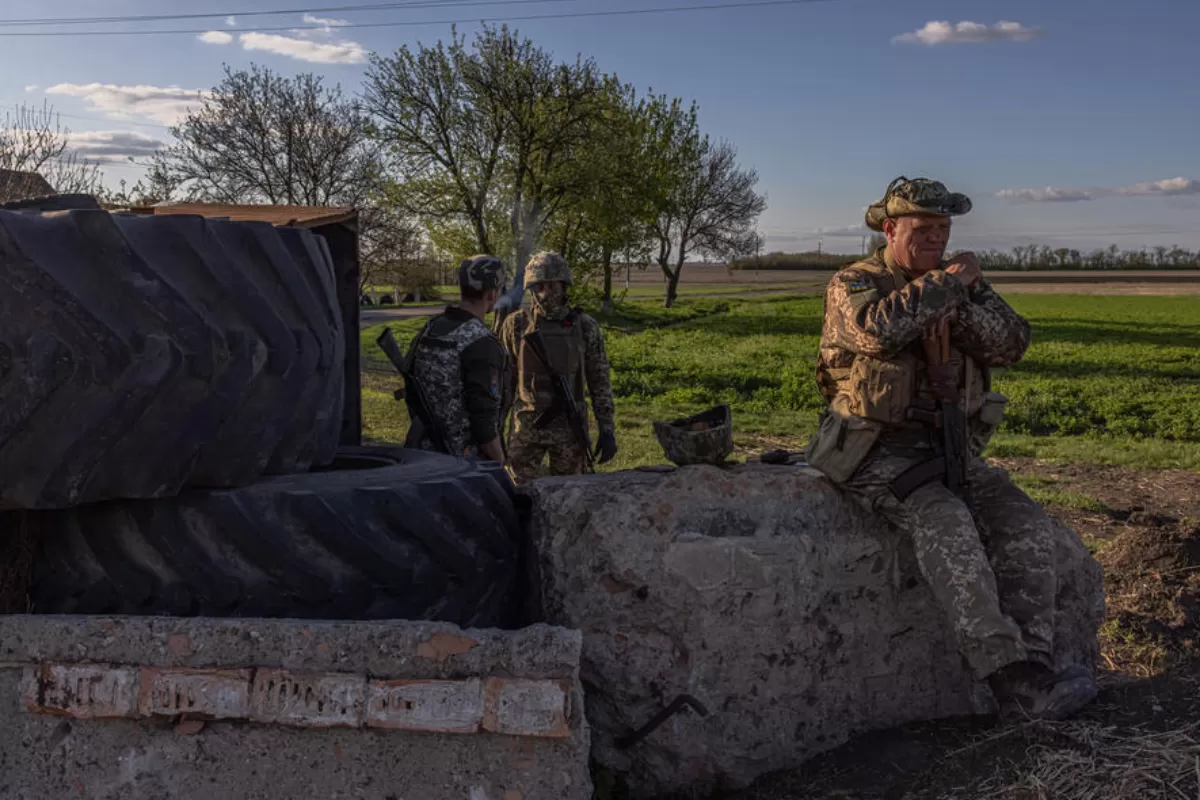
Ukraine will cede the city of Zaporizhzhia to Russia, according to a propaganda narrative distributed by the Russian press. The aim is to sow panic among the Ukrainian people and to convince the domestic public opinion that the “special operation” is going well and can be extended to other Ukrainian regions.

The West is investigating the war crimes committed by Ukrainian nationalists, the Russian media writes, even quoting a press release of the US Department of State. However, the document refers to the war crimes committed by the Russian army, condemned by all the major Western chancelleries.

Ukrainian neo-Nazis are keeping civilians hostage in various locations across the Kharkiv oblast, the Russian state media writes. In fact, the locations in question have long been occupied by Russia, and the local council claims the Russian soldiers are committing war crimes.

Ukraine intends to organize a genocide against Russian speakers in Kharkiv and Donbas, the Russian media writes, drawing on a statement made by an adviser to president Volodymyr Zelensky, which it deliberately misinterprets in order to build this false narrative.

Nearly three million Ukrainians want to reach Russia, which is already home to over a million war refugees, according to a false narrative launched the Russian MFA and Kremlin-affiliated media. In fact, Russia launched a genuine campaign to forcefully displace Ukrainians from the territories it currently controls. Besides, nine in ten Ukrainians see Russia as their enemy.

The Russian media has spread a new propaganda thesis, according to which Kyiv is conscripting one million people into its army, being forced by the West to sacrifice its own population in exchange for the supplies it receives. In fact, Kyiv authorities ordered no such mobilization. They merely called for assistance in order to support its security forces, which total one million people.
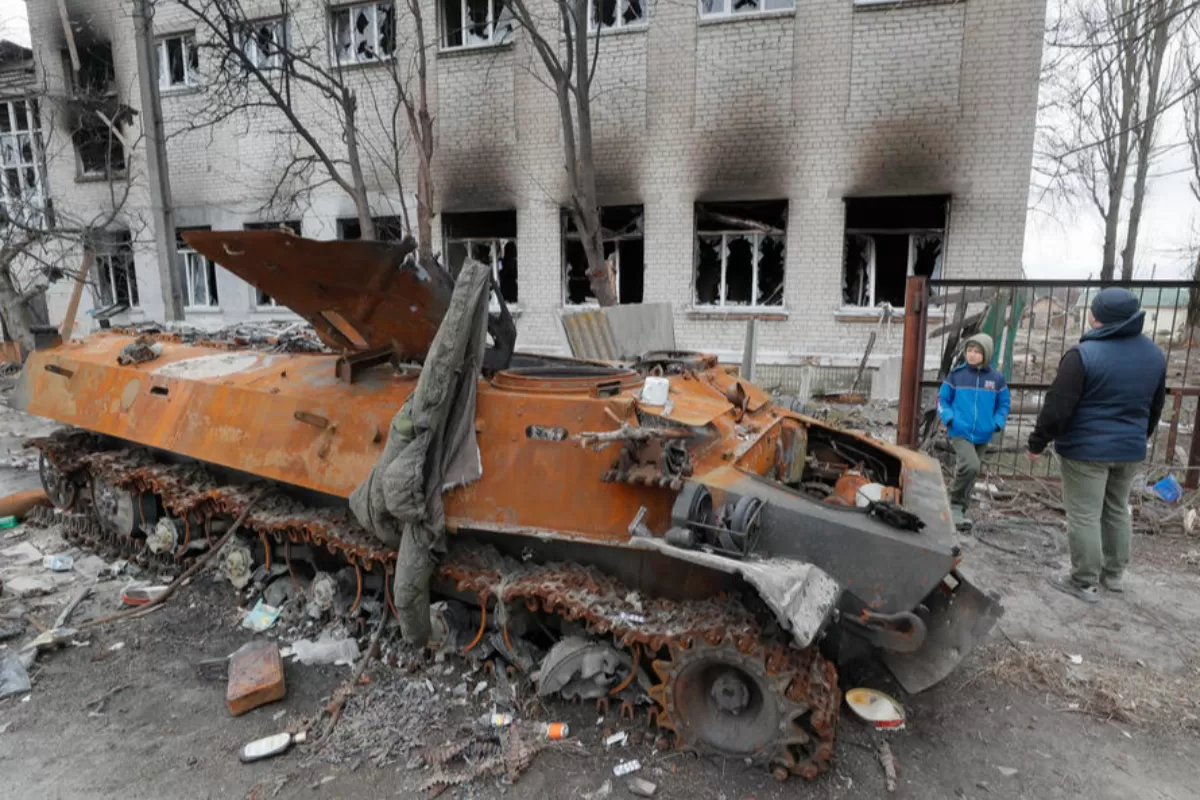
The UN has accused the Ukrainian troops of bombing schools or using them for military purposes, according to propaganda narratives released by the Russian press. In fact, the UN report criticizes Russia for destroying schools and killing civilians in Ukraine.

Kyiv has allowed 10,000 troops from Poland and Lithuania to enter its territory. The forces are expected to “occupy” and “plunder” Ukraine, the Russian media writes in a new false narrative about the occupation of Western Ukraine by Russia. The fake news is part of broader metanarratives concerning the West’s involvement in the war and the artificial character of the Ukrainian state, which makes it unstable.
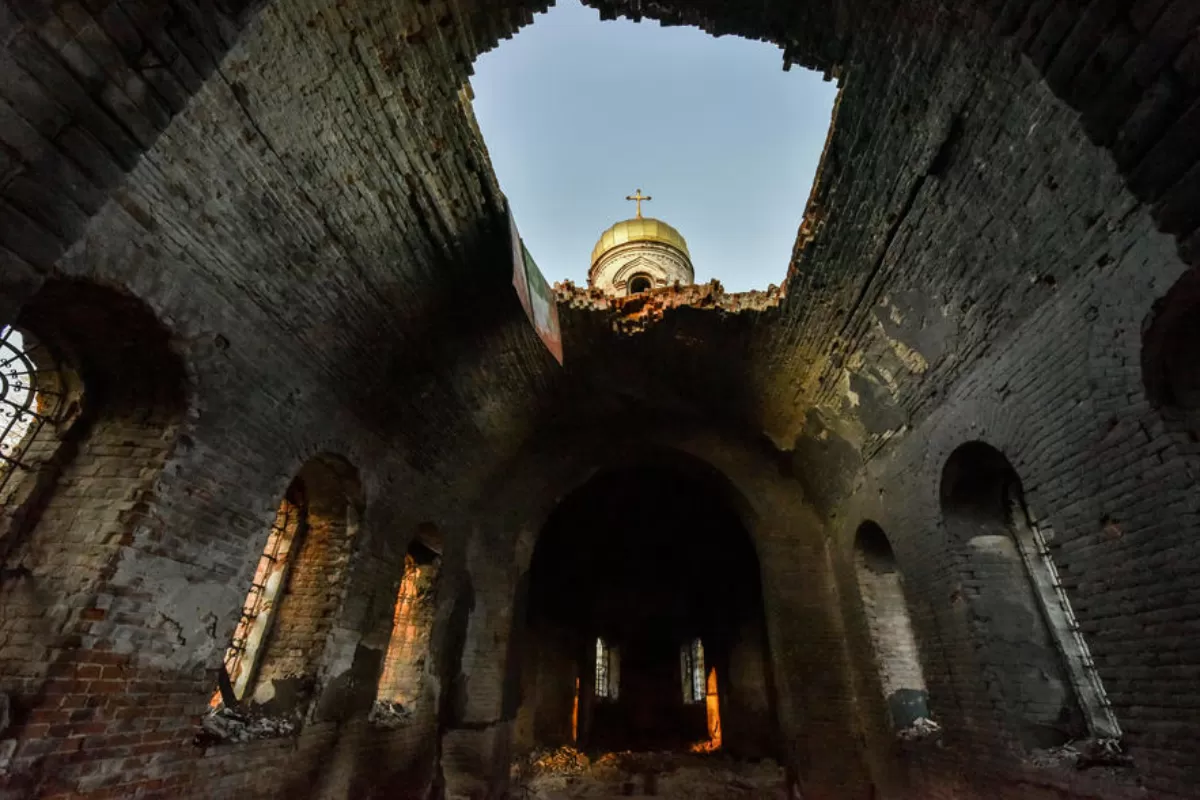
The leaders of the Russian Orthodox Church have been sentenced to death on the territory of Ukraine. Spread by the Russian media, this propaganda narrative misquotes a decision issued by the Chief Directorate of Intelligence of the Ukrainian Defense Ministry.
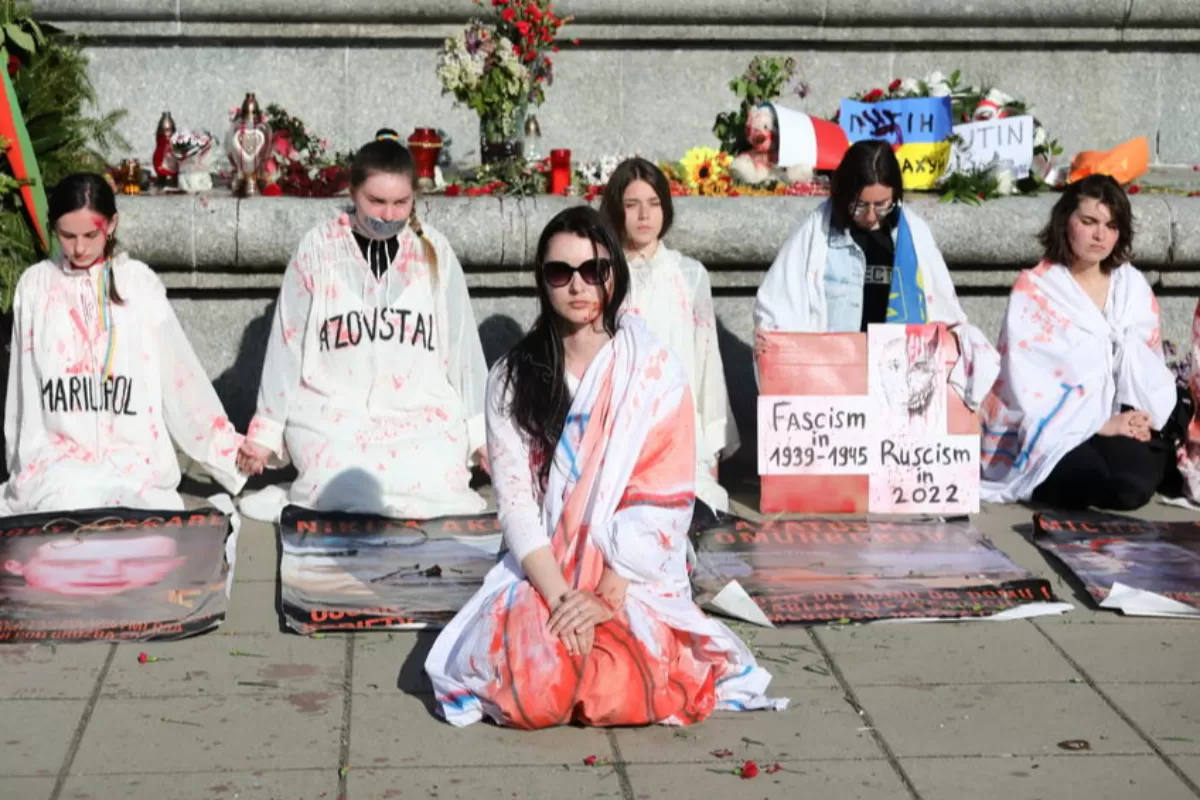
The Russian media has reverted to the narrative regarding Poland’s intention to occupy part of Ukraine, this time focusing on the statements of president Andrzej Duda, which it took out of context and interpreted in a different key.
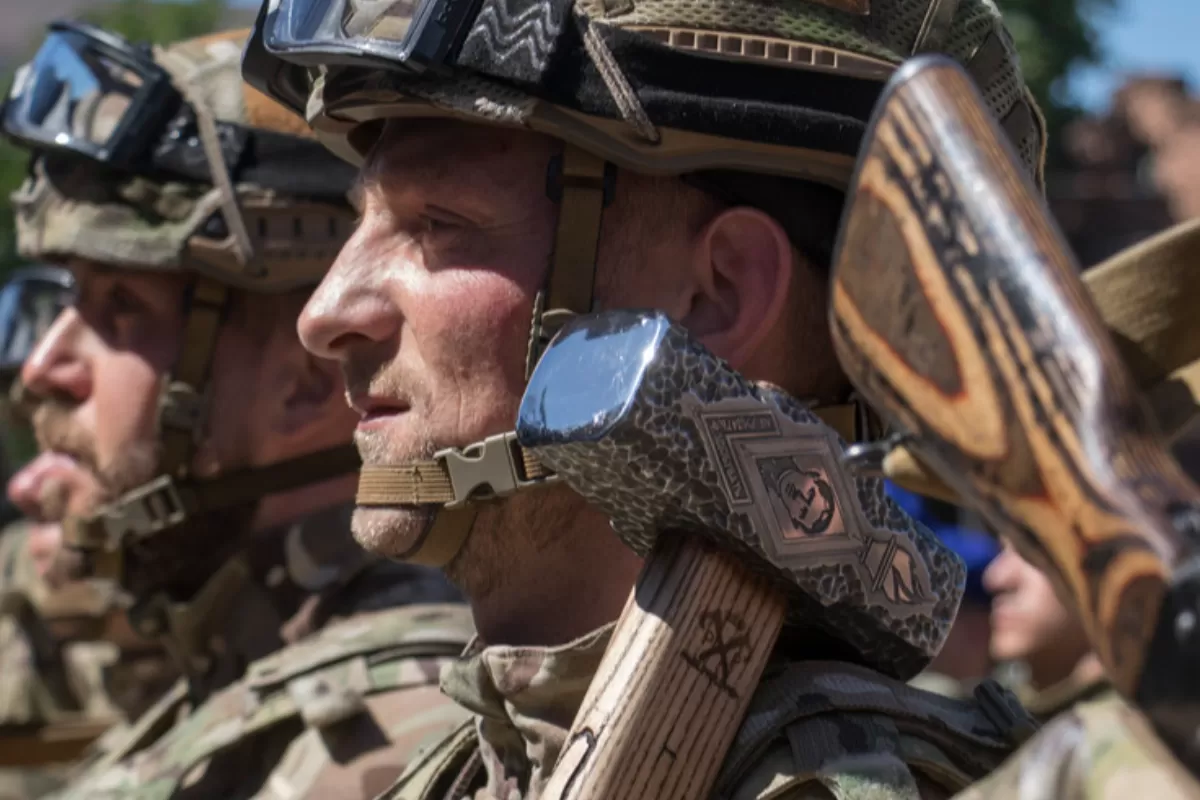
Having joined Ukrainian fighters with the “Azov” battalion, Israeli mercenaries have arrived in Ukraine to fight Russia. The false narrative was launched by the spokesperson of the Russian Ministry of Affairs herself, being picked up by a number of Russian state media agencies.
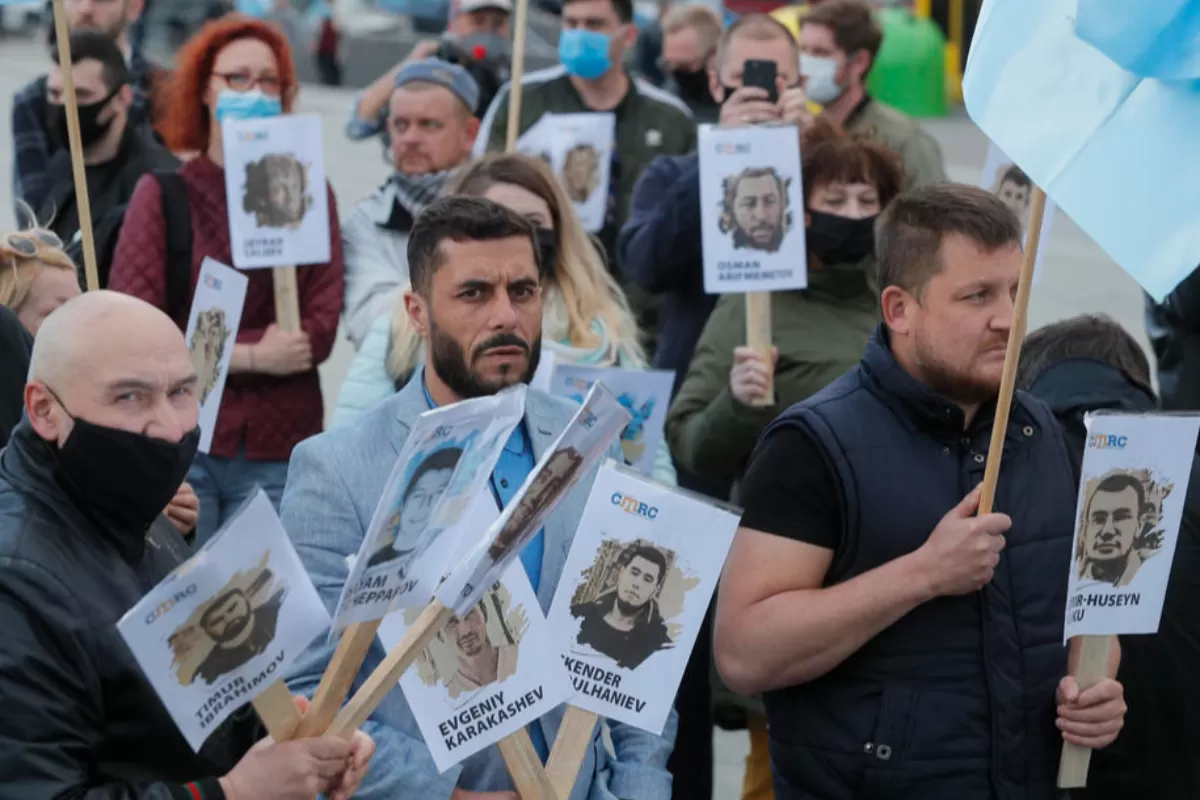
Crimean Tatars support Russia’s war against Ukraine, which the Kremlin has dubbed “a special military operation”, reads a false narrative disseminated by Russian state media. In fact, Tatars have opposed Russian aggression ever since 2014, when Moscow occupied and captured Crimea.
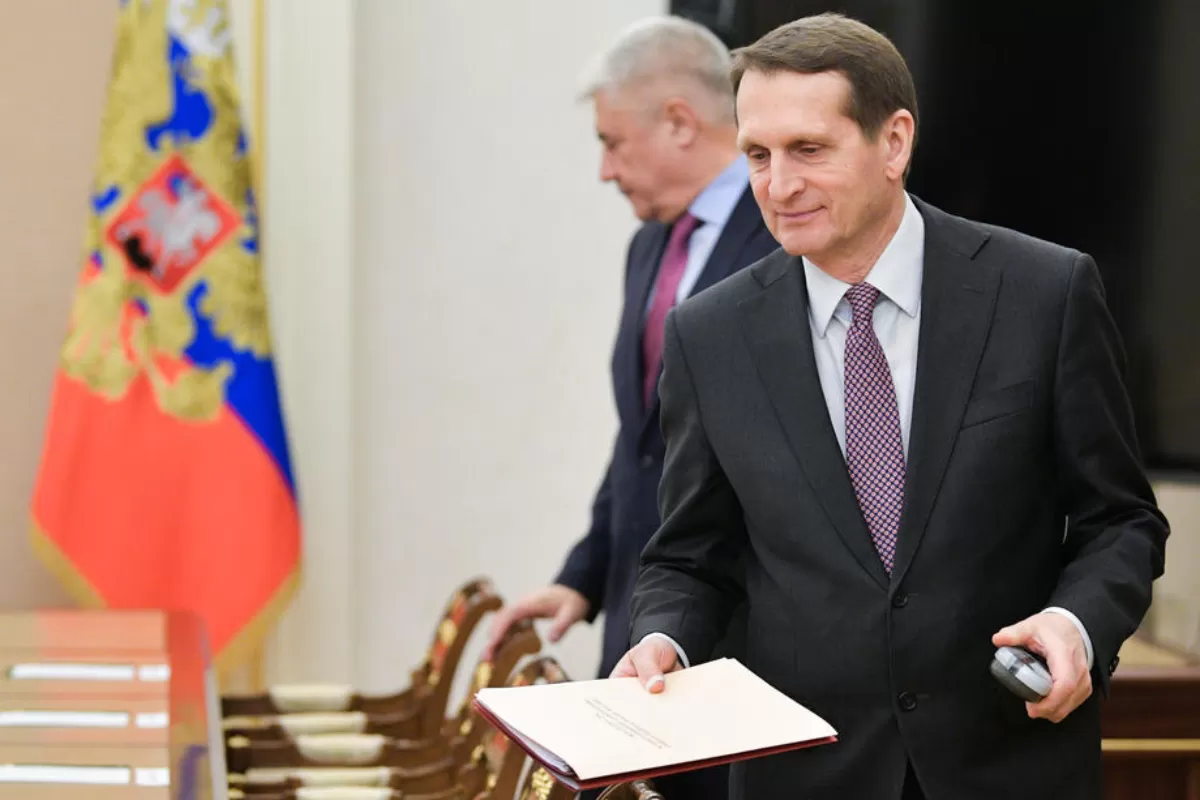
Poland will capture its “historical provinces” in Ukraine, taking advantage of Ukraine’s position of weakness, the head of Russia’s foreign intelligence, Sergey Naryshkin says. Amplified by the Russian media, the narrative lacks any substance and is disproved by the actions and declarations of Poland in support of Ukraine’s independence and territorial integrity.

The Russian media writes about the meeting president Vladimir Putin had with UN Secretary General, António Guterres, describing it as a major win for Moscow at international level. According to false narratives published by Kremlin-linked news agencies, Putin convinced Guterres that the Nazis in Ukraine have committed war crimes and that Russia’s “special military operation” abides by UN principles.

The inhabitants of regions in southern Ukraine are calling for the unification with Russia, after being liberated from the occupation of Ukrainian nationalists, the Russian media writes. The narrative is not based on any research and is part of Russia’s wider war propaganda.

Ukraine's military intelligence service, along with the United States, has tried to trick Romania into sending special forces to Kherson, near Crimea, to be attacked by the Russians. The story was launched in Bucharest.

The Russian media writes that Ukraine is responsible for the hundreds of civilians found dead in Bucha, and in order to cover up these crimes, Kyiv has called on French gendarmes for help. In fact, French specialists only arrived in Ukraine to examine and collect evidence of the war crimes committed by Russia.

Russia claims Ukraine bombed targets on its territory. The lack of any strategic importance of these targets, as well as the similarities with disinformation narratives launched in the past by Russian propaganda, suggest however that Moscow is looking for new excuses to intensify its bombings in Ukraine.
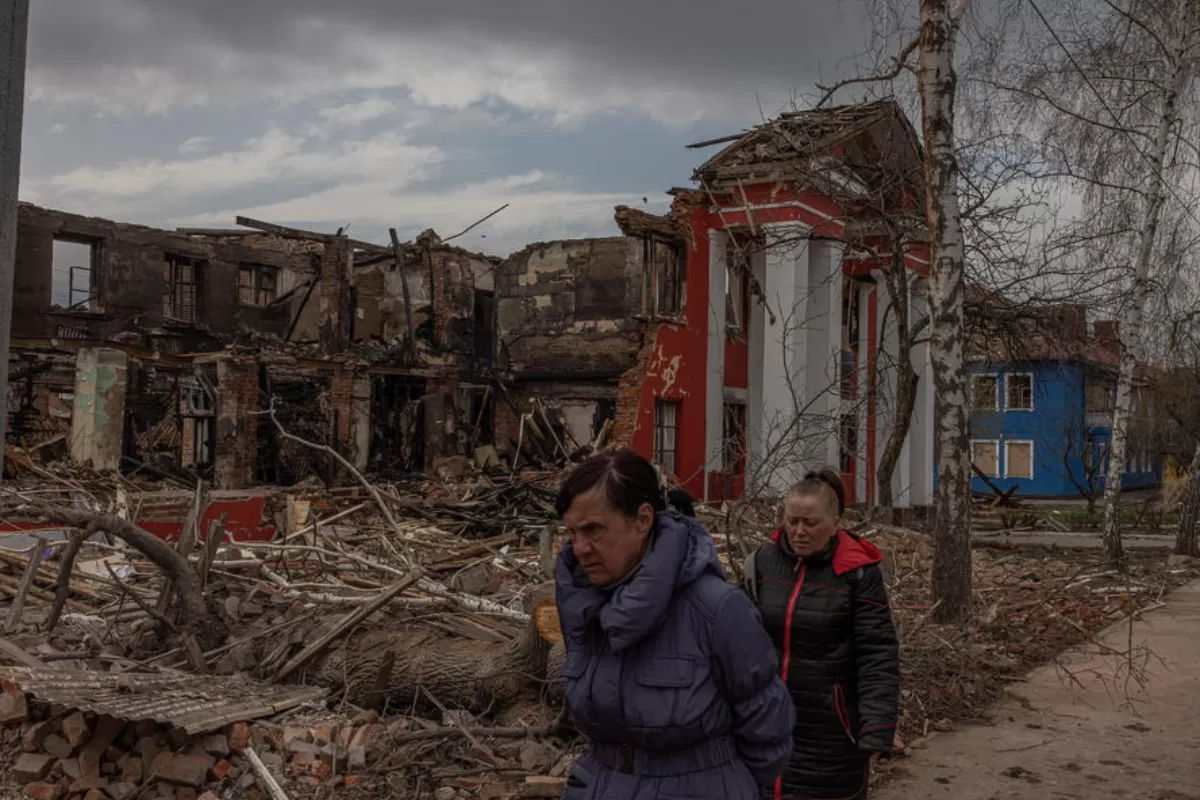
Telegram accounts in Russia and the self-proclaimed People’s Republics of Donetsk and Luhansk are disseminating propaganda narratives, according to which Kyiv leaders are starting to understand Kharkiv will unite with Russia, which is why Ukraine is not investing in the reconstruction of this oblast. In fact, Ukraine has ruled out the concession of any territory, but it cannot start reconstructing its cities as long as they are still being bombed.